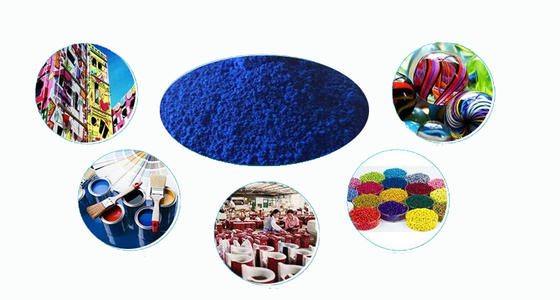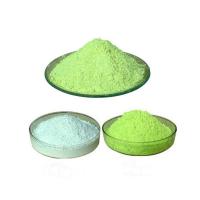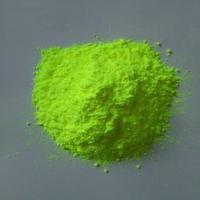Taizhou Liancheng New Material Co., Ltd. was established in 2012,
is a professional R & D and production of environmental protection
stabilizer of innovative technology enterprises. Has passed the
ISO9001 quality management system certification. All products
through the SGS environmental testing. Was rated as "quality
service reputation AAA units", China Plastics Processing Industry
Association of plastic additives professional members of the
Committee, as well as cable materials member units. Is located in
the town of plastic --- Taizhou Jiaojiang District under the Chen
street Jiao Yang Industrial Park.
The total area of more than 10,000 square meters, to independent
innovation, research and development, production and sales of
multi-functional high-quality environmentally friendly tasteless
calcium and zinc stabilizer-oriented products, and set many years
of research and development experience and technical advantages
extended PVC industry chain, Station-related advanced technology
services. The main products are environmentally friendly
transparent calcium and zinc stabilizer, environmental protection
ordinary calcium and zinc stabilizer, anti-precipitation of calcium
and zinc stabilizer, moisture-proof calcium and zinc stabilizer,
pipe, profile for calcium and zinc stabilizer, paste calcium and
zinc stabilizer, Stabilizer and so on.
Produced by the 'blue Cheung' brand calcium and zinc products since
the market to the 'with advanced research and development
technology, mature production technology, scientific management and
excellent after-sales service. After more than 10 years of steady
development, won the industry a good reputation. For the company's
rapid development has laid a solid foundation.
Liancheng in the 'integrity-based, quality-oriented, intentions
service' business philosophy, attention to the introduction of
talent and reserves in product development, production and sales
and other links have formed a stable talent echelon. And a good
quality control system to ensure that customers provide
professional, reliable, high-quality products and services. At the
same time we, as always, committed to the cause of green, to
protect the ecological environment and make due contributions.
Strong, creative people will join hands of all new and old friends,
as always, sincere cooperation, China Unicom world, the
achievements of you and me!








